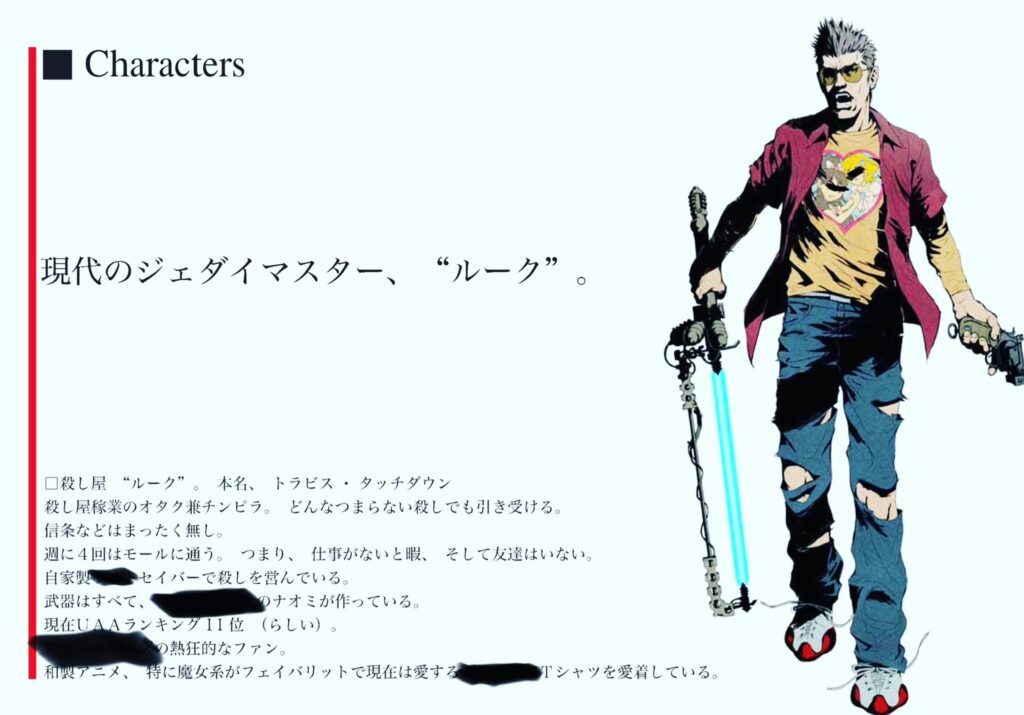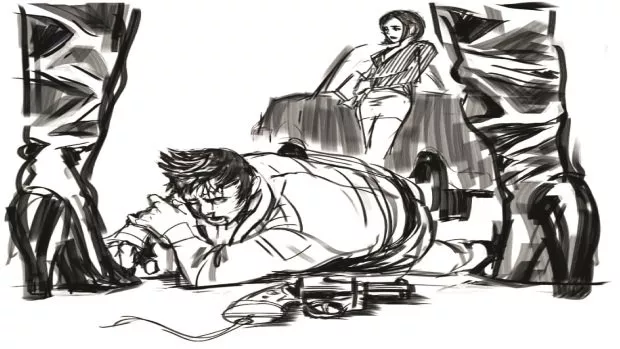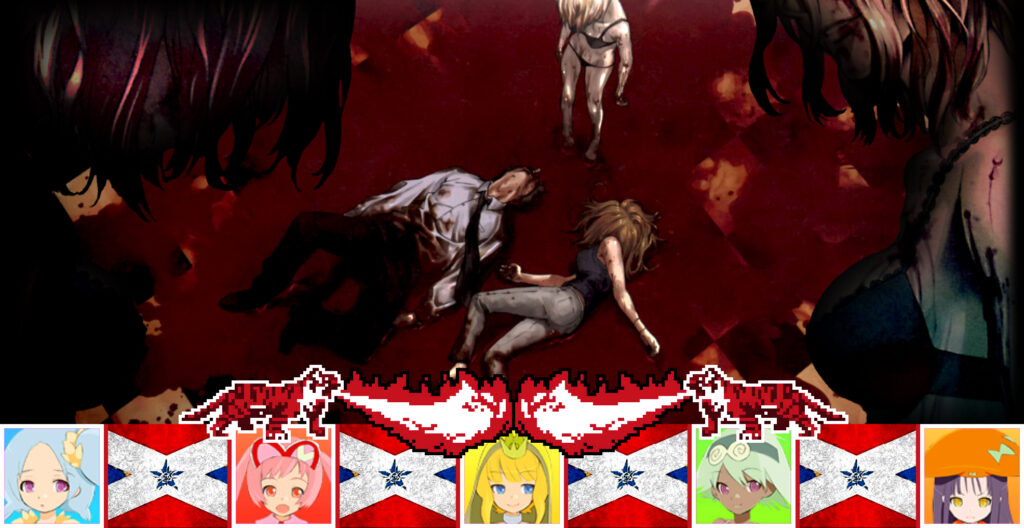
Grasshopper’s next original project would be announced in September of 2006, shortly after the release of One Night Kiss, at Tokyo Game Show. The game was to be published by Marvelous Interactive Inc., the company which was once known as Victor Interactive Software and had published three prints of Flower, Sun and Rain by then, as well as the Nintendo DS game Contact.
Project Heroes, as it was titled at the time, was originally conceptualized as an Xbox 360 game. Development shifted to the Nintendo Wii after Yasuhiro Wada, then president of Marvelous and producer of the game alongside Spike’s Mitsutoshi Sakurai, showed a prototype of the then-upcoming console to Suda, who became fascinated with the possibilities offered by the wiimote.
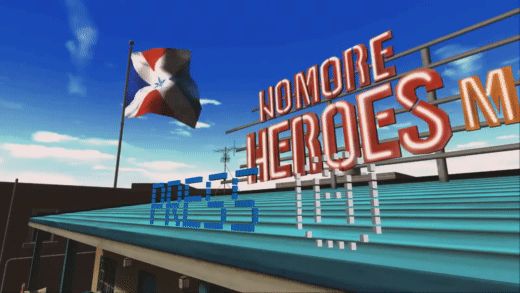

FUN FACT:
Marvelous’ current URL, marv.jp, once belonged to a prostitution service, and was later used to solicit sexual encounters.
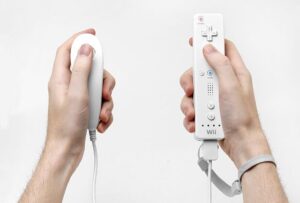
It is unlikely that anyone who’d be reading this wouldn’t know about the wiimote, but I am going to give a basic overview for historical reasons: the Nintendo Wii, unlike all previous consoles, came bundled with a controller shaped like a TV remote. Said remote would interface with a motion sensor; as such, it allowed the player to interact with the game, other than by pressing buttons, by pointing a cursor at the screen or by using motion controls.
While the wiimote is considered an anomaly nowadays, its legacy survived in the use of gyro controls in modern gamepads, and its design, as will be made abundantly clear, was as influential to the development of No More Heroes as that of the Gamecube controller was to killer7.
By the initial trailer, the premise of the story was already set in stone: Travis Touchdown, a down on his luck american otaku and serial killer, is commissioned by the alluring Sylvia Christel to assassinate Helter Skelter. Once his opponent is put down, she informs Travis that he has now been ranked 11 in the United Assassin Association, with his only two choices being climbing the ranks, or being taken out by someone below him.
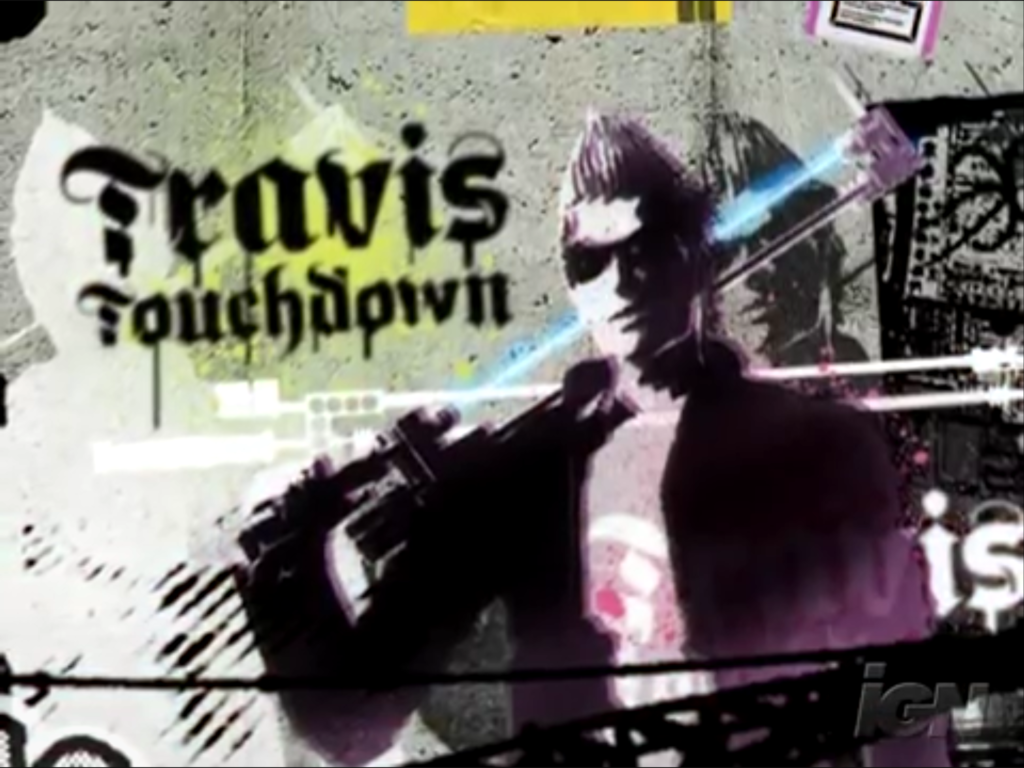
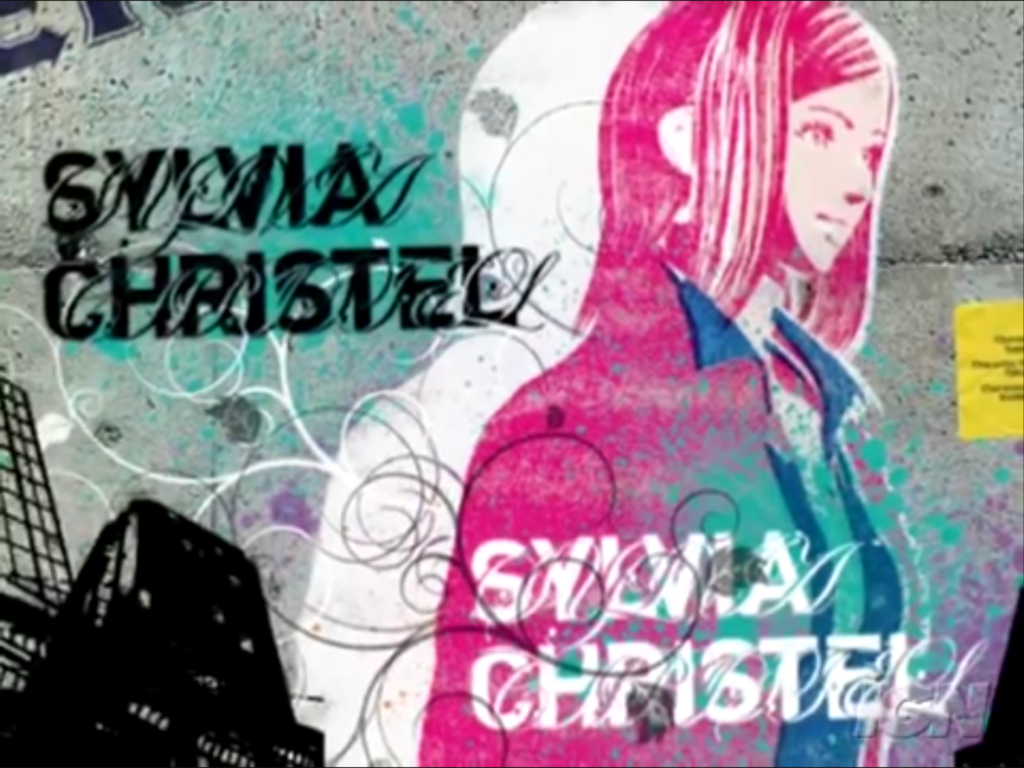
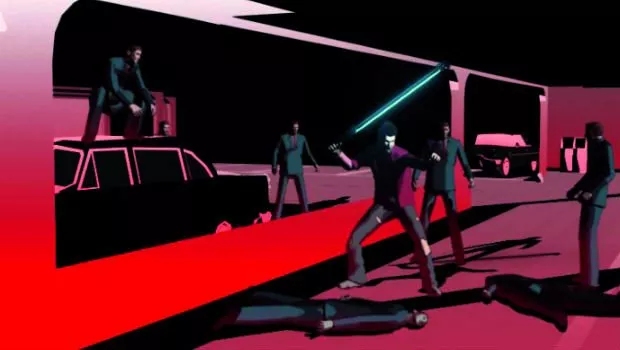
The reveal also detailed the staff working on the game, which would mostly stay consistent until the end: the game was written and directed by Suda himself, Design Manager Akihiko Ishizaka was accosted by Katsuyoshi Fukamachi and senior character designer Takashi Kasahara as technical advisors, Masafumi Takada returned as composer and sound director, with Jun Fukuda providing sound effects, while Takumi Miyake, the character designer for killer7, created the prototype designs for the characters, with Kunihiko Taniwaki, the man who designed the Heaven Smiles, crafting the actual character models. The two of them were accosted by a newcomer as character designer, Yusuke Kozaki, mostly known then for his work on the anime show Speed Grapher.
Interestingly enough, Rika Ishibashi was listed as voice director in the initial trailer but was ultimately replaced with Kris Zimmerman, who also worked on killer7, during development.
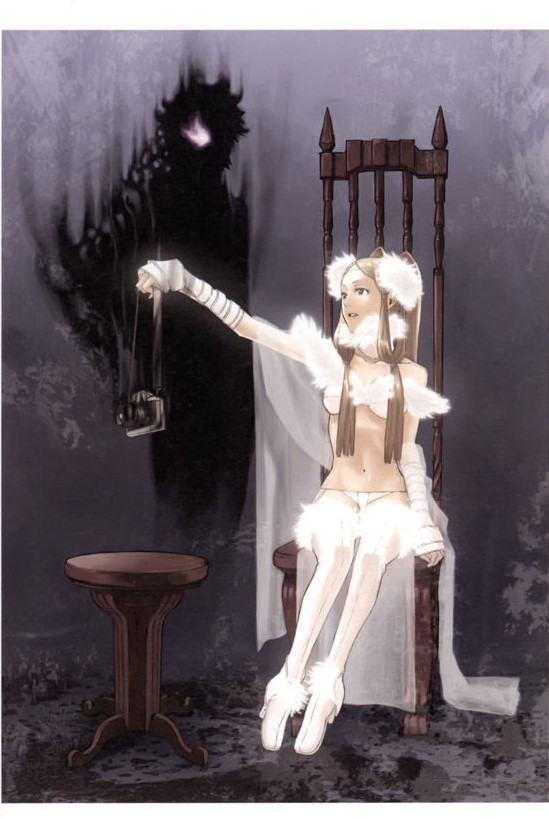
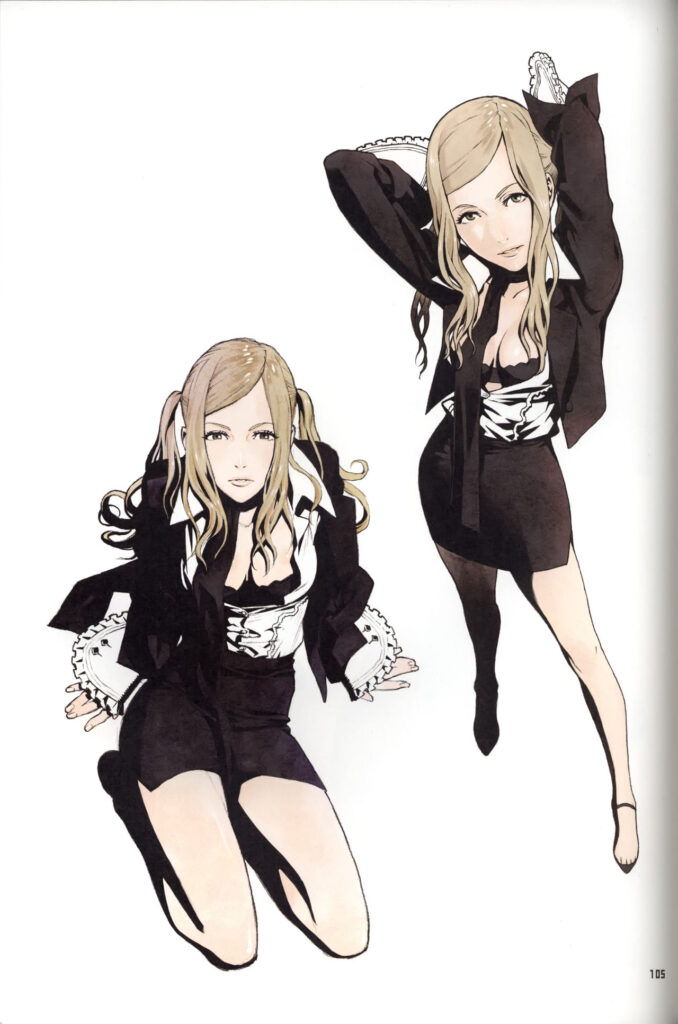
Not much is known about the initial proposal, with only a few sketches by Miyake and Kasahara being shown publicly. The artstyle, probably due to Miyake’s influence, was originally closer to killer7. Two major differences that we know of is that Travis was originally going to also use a gun, other than his signature beam katana, and that the original proposed ending saw Sylvia double crossing Travis and killing him.
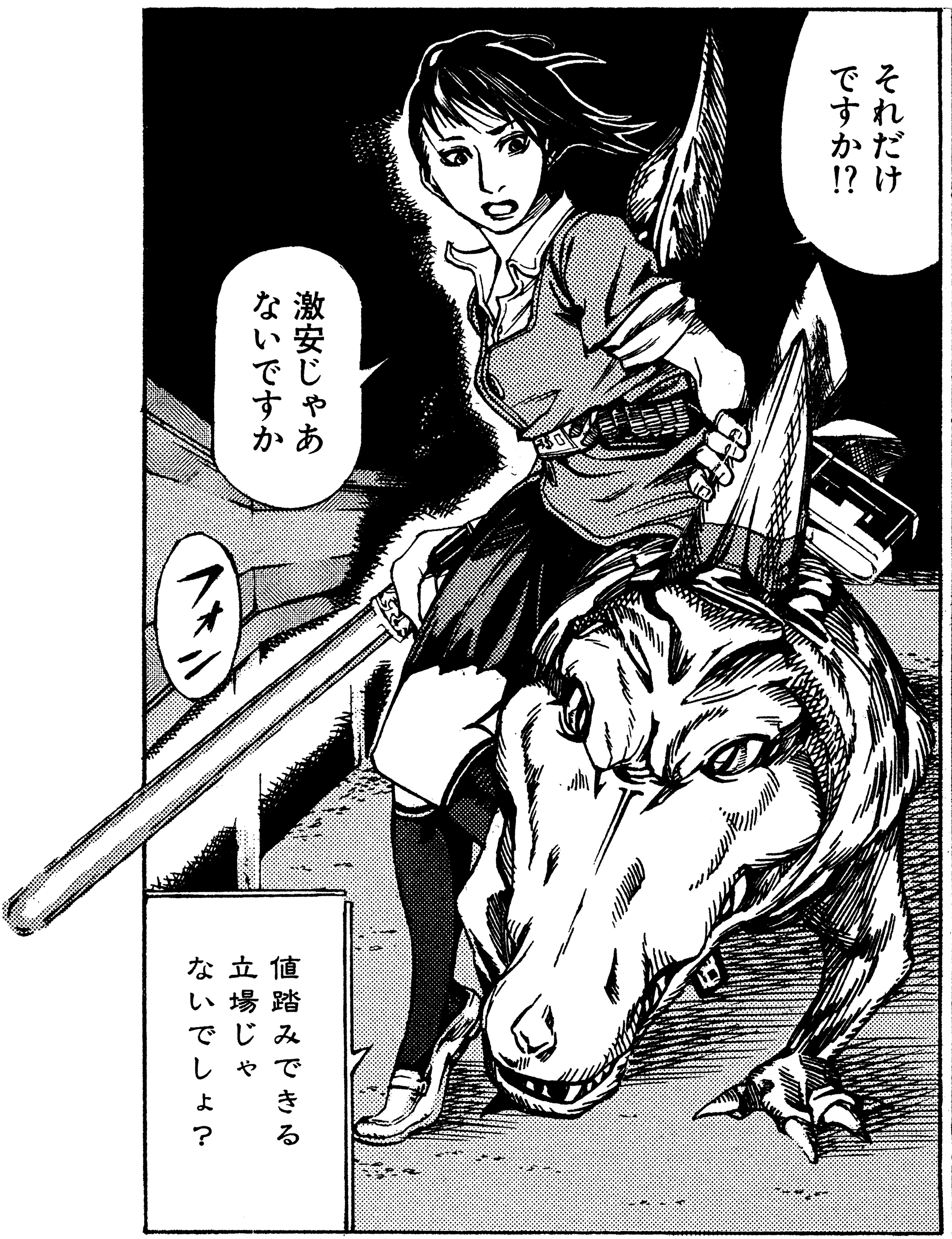
Shortly after the initial announcement of No More Heroes, in October of that same year, Suda wrote a short manga called Death Sentence, drawn by Kazuhiro Sasaki and published as part as the two-volume anthology “Comic Beam Fellows!”, not to be mistaken with the later publication simply called “Fellows!”.
The manga revolves around a high-school girl, Chiru, who pays her tuition by working as a vigilante during the night, killing human traffickers and other criminals under employment of the talking crocodile Patrasche, his name a clear reference to A Dog of Flanders.
Her job is taking a toll on her social life however, as the issue is framed around her remembering the violent events of the previous night during a date, making her come off as distant and distracted.
It’s quite clear that Suda became enamored with the idea of a teenage girl vigilante while working on Blood+ One Night Kiss, as he often sung Saya’s praises in interviews. It’s also interesting to note that the girl’s weapon is a laser whip quite similar to Travis’ weapon of choice, and that her job is to kill people for money. Unfortunately, the manga was not picked up for serialization.
Back to No More Heroes, it seems that, unlike other GhM productions, the game did not change substantially during development: the next time the game was shown, at GDC in March of 2007, the graphic style and gameplay systems were mostly finalized, with only the UI design differing substantially from the finished product.
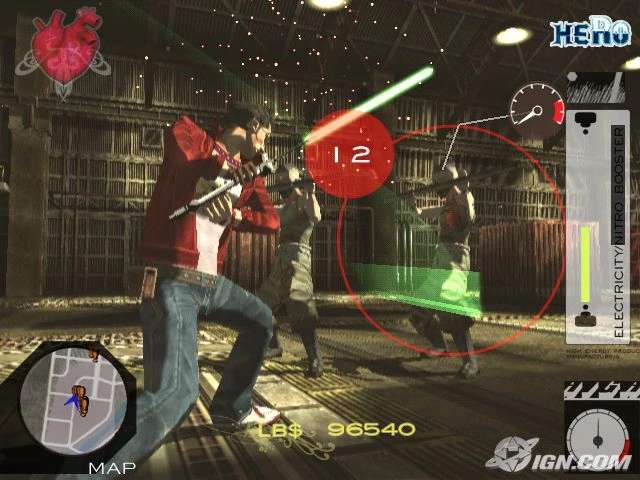
The game was released in Japan in December of 2007 and in all major regions between January and March of the following year. Unfortunately, all releases outside of the USA region were heavily censored; Suda jokingly teased that the game was going to be more violent than Manhunt 2, a notoriously controversial game, but while the NTSC version realized his vision by featuring a cartoony level of bloodshed, every other release has the enemies dissolve into a cloud of dust to lower age ratings.
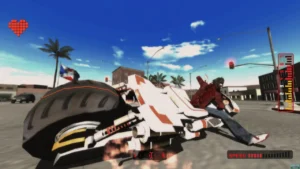
Picking up from One Night Kiss, No More Heroes is also a hack-and-slash game where you can fully explore a three-dimensional world. In this case, the city of Santa Destroy, California, inspired by the city of San Diego as depicted in the movie Dirty Harry (which did not take place in San Diego).
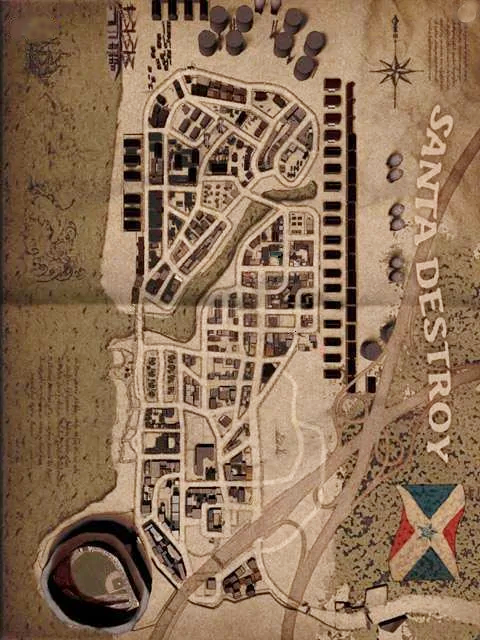
The scale of Santa Destroy is exponentially bigger than Shiki New Town; as such, Travis is actually given a mode of transport, the Schpeltiger motorcycle, to drive around the city. This time around, there are no investigative elements to the game: Travis’ objective, challenging the next ranked fighter, is always known to the player. Instead, the open world is utilized for several different side activities: first of all, a hefty sum of money is demanded of Travis in order to organize each ranking fight by the UAA. As such, he’ll have to take on several civilian jobs (ranging from mowing lawns to cleaning graffiti) and assassination gigs to earn enough money to be able to afford the participation fee for the next ranked fight.
The design of Samurai Champloo Sidetracked and One Night Kiss came together and was overhauled for No More Heroes, with Suda even describing them as a trilogy: once Travis is done navigating the overworld in-between ranked fights, he’ll be thrust in a linear level, reminiscent of Sidetracked, where he’ll be assaulted by a variety of enemies, sometimes bodyguards of the leading assassin, and other times random punks trying to take Travis’ spot in the ranks.
The grinding requirements of Sidetracked were thankfully done away with; the player will simply advance through the level once all enemies have been defeated. The swordplay has also been simplified, but made a lot more reliable: The idea of alternating two types of combos has been maintained, but instead of arbitrarily switching between two turntables when fighting enemies that don’t react to this change in any significant way, Travis can switch between a high and a low stance, which is achieved instantly by raising or lowering the wiimote.
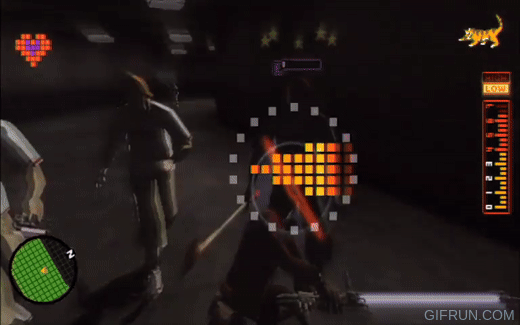
This has a much more direct impact on moment-to-moment gameplay, as it allows Travis to bypass the enemy’s guard or to extend his combos; the different swords he can purchase also have different movesets, though the bloated weapon count of Sidetracked has been cut down to four, and it is mostly a straight upgrade path outside of a few specific tricks.
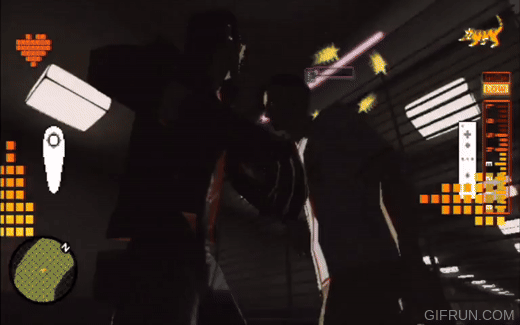
The other half of the combat system inherited its DNA from One Night Kiss: dodging or parrying an enemy attack will trigger Dark Step, a state in which Travis will be able to wail on the enemy very similar to Saya’s awakened state, and killing an enemy will trigger an execution prompt: however, unlike One Night Kiss’ clumsy and unreliable mini-games, this is done through a swift motion of the wiimote, achieving the one-to-one simulation of a killing blow that One Night Kiss failed to realize. The dodge is kept, though it doesn’t see much use in the game, while the melee attacks already present in ONK are used by Travis to trigger several different wrestling moves, also done through the motion controls, and the critical parry has been replaced by a clash of swords won by twisting the wiimote in a circle.
Boss design also takes from both games, with specific gimmicks returning from Sidetracked, while the overall system works more like One Night Kiss, where the bosses are normally invulnerable. As opposed to One Night Kiss, Travis can damage them by dodging specific attacks or exploiting their openings, rather than having to fill a gauge.
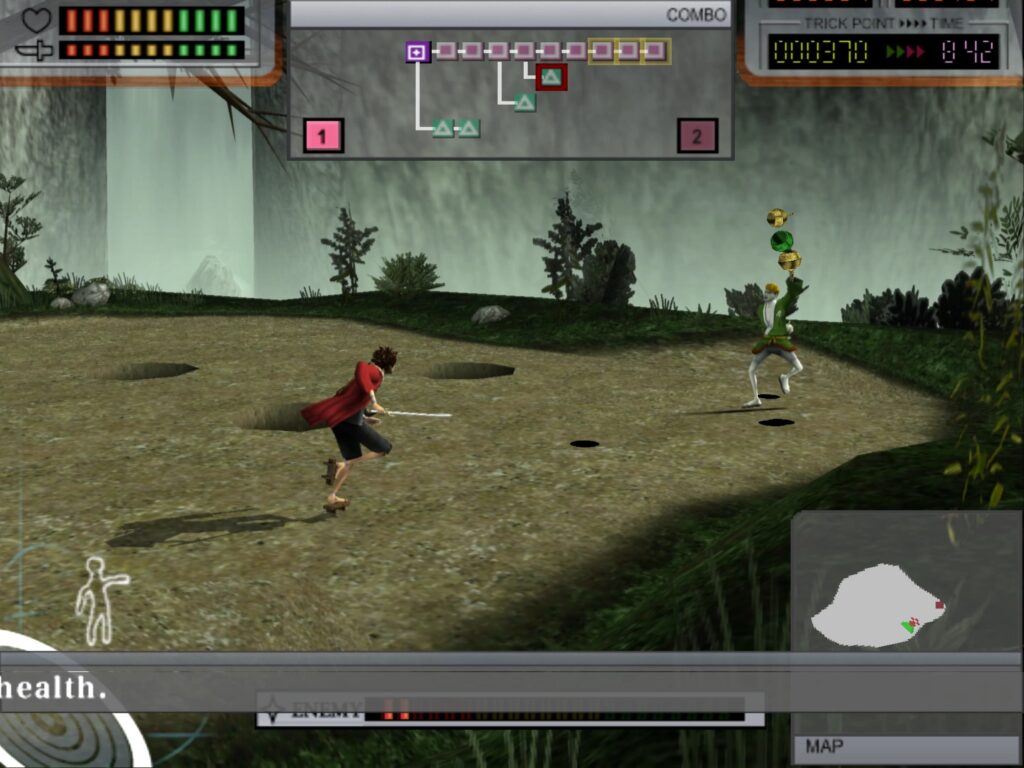
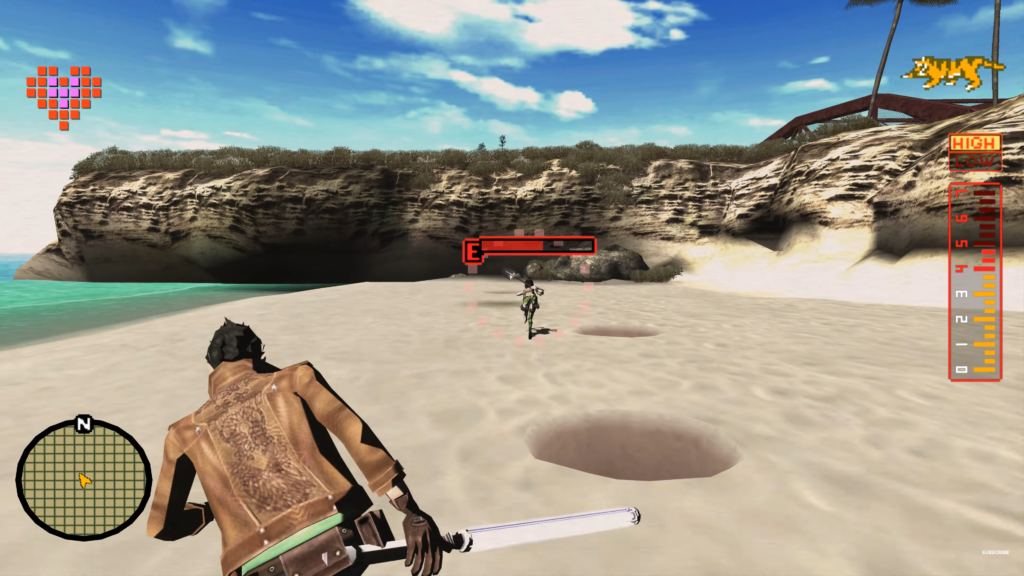
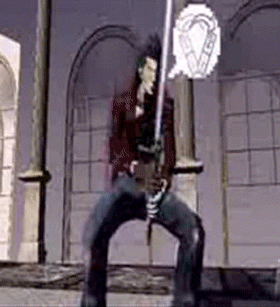
This is clearly the most intuitive gameplay system ever crafted by Grasshopper Manufacture. However, I am going to make the argument that instead of purposefully trying to appeal to mainstream audiences, the designers “stumbled” onto the mainstream through sheer experimentation in the previous two games and the influence of motion controls, as testified by how most of the systems in place are actually cleaned up and revised versions of those present in their two previous hack-and-slash games.
No More Heroes’ crowning achievement, and the only feature that most journalists are aware about, was forcing the player to simulate masturbation in order to recharge Travis’ Beam Katana. Moreover, the microphone present on the wiimote was utilized to simulate phone calls, in the sense that the player would have to put the remote next to his ear to hear them. This, intentionally or otherwise, served to replicate the low fidelity audio of early cellphones.
The main gameplay loop is broken up by a variety of side activities: other than the aforementioned side-jobs, Travis can train in a gym to raise his stats, he can visit a bar where he can exchange collectibles for new skills, and he can purchase upgrades of his Beam Katana and new clothes from the Area 51 fashion store.
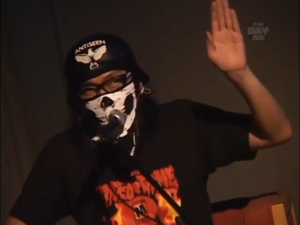
The store shares its name with a show that Suda51 ran with Mask de Uh where they reviewed western videogames, with Mask himself appearing in the game as the store owner. The show began in 2006 with a live event, “Foreign Video Game Unlawful Assembly,” for which Mask de Uh, a designer by trade, created an exclusive t-shirt design. The show continued for nine episodes through the course of 2008, culminating in a second live event. It was then revived for a single episode in 2009.
Suda’s fascination with western games was well documented, as at the time, they allowed for greater artistic freedom in pushing the envelope when it came to violent and controversial content, while his Japanese-exclusive titles Moonlight Syndrome, Flower, Sun and Rain and One Night Kiss all had issues with censorship, be it state-mandated or simply to avoid commercial restrictions.
When he was allowed to finally let loose with killer7, he produced an incredibly macabre game. I will remind you that killer7 features, among other things, a woman’s lower half being blown up with her dying in a pool of her own blood, and on-screen gerontophile rape of a disabled man.
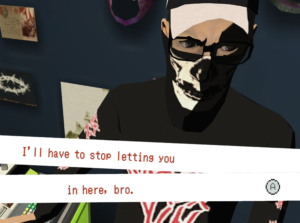
The depiction of violence in No More Heroes is, by comparison, a lot more cartoony, even in its uncensored NTSC version. However, that tends to undermine how truly psychopathic the content really is: killer7, despite taking place in the assassin underworld, only featured a handful of human kills, the vast majority of enemies being monsters; in No More Heroes, the player will end thousands of lives just going through the action stages, not to mention all the assassination gigs, most of which go into paying for Mask de Uh’s t-shirts, a worthwhile trade of human life.
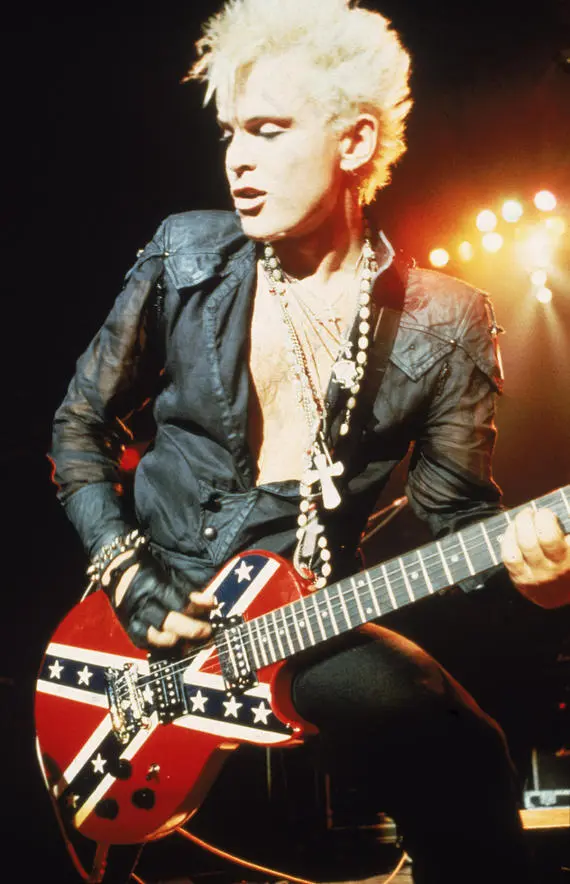
Mask de Uh’s love for the western punk movement, which he shared with Suda, went on to influence the aesthetics of No More Heroes even beyond his t-shirt designs, with the game itself being named after a song by The Stranglers; the city of Santa Destroy is, in and of itself, an extension of the aesthetic they were creating for Area 51.
Mask’s use of the stalhelm or the Dixie flag may seem controversial nowadays, and it must have been at the time as well considering his confederate t-shirt design was scrapped before release, but back then those symbols were generally utilized in punk rock as anti-establishment, provocative statements, or even just as a tribute to southern USA heritage in the case of the Dixie.

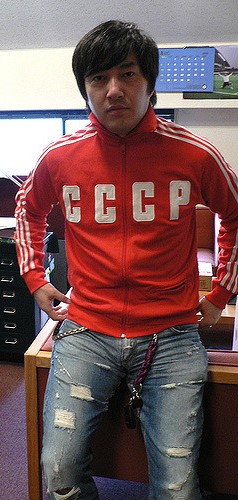
In terms of scenario writing, No More Heroes does not diverge from its initial premise of climbing the ranks of the UAA until a series of late-game twists; as such, it is the most straight-forward story Suda has written since 1994. However, much like One Night Kiss gave him the chance to bring back themes he already explored in Moonlight Syndrome, No More Heroes is at least in part an allegory of Champion Road, the very first scenario he wrote for the game Super Fire Pro Wrestling Special: just like Morio Sumisu, the protagonist of Champion Road, Travis Touchdown is a man consumed by depression, who has to fight to the top in order to find an answer to a question he doesn’t even know, though this point is made less obvious in No More Heroes by the abundant use of humor.
The depth does not come from the obtuse plotting, but instead from character interactions: like in Champion Road, each of Travis’ opponents is an individual standing for a larger ideology or way of life, one he must understand and overcome in his quest for Paradise. His dynamic with the femme fatale Sylvia is also similar to that between Morio and Reiko Saeba, a maneater and his love interest.
While a Moonlight Syndrome 2 poster was hidden in One Night Kiss to hint at this connection, No More Heroes featured several references to Fire Pro: Thunder Ryu and Randall Lovikov, two of Travis’ mentors, already appeared in Fire Pro as stand-ins respectively for Genichiro Tenryu and Andrei Kopylov. Travis can also find some letters, written on the back of a fictional wrestling poster, written by M.S., implied to be Morio Sumisu himself; by reading them, he’ll remember how to use several of Akira Maeda’s many suplexes, a character who also appeared in the wrestling series as Akira Saeba.
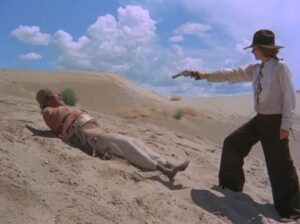
Another influence to the main scenario was Jodorowsky’s psychedelic western El Topo. Most notably, the first half of the movie, in which El Topo has to defeat the four master gunslingers living in the desert in order to gain the love of Marah, a slave woman whom he had freed, named and raped. Much like the ranked assassins of No More Heroes, the masters represent different faiths and philosophies, and El Topo grows from their confrontations. Travis’ motivation through the game is also to impress Sylvia Christel in order to elicit sex from her. Interestingly, El Topo was a difficult movie to track down at that time, although it did have some censored Laserdisc releases in Japan: its first dvd release was in May of 2007, during the development of No More Heroes.

The cultural zeitgeist around the creation of Travis Touchdown as a character is an overtly specific one: the mid 2000s, partially due to Quentin Tarantino’s influence on mainstream pop culture and partially because of the 30th anniversary of Elvis Presley’s death, saw a prominent revival of 1970s fashion, which is visible in Travis’ design in his use of leather jackets, aviator sunglasses, graphic t-shirts and ripped jeans.
This look was originally popularized in the 70s by fashion designer Vivienne Westwood and by Malcom McLaren, manager of the punk band Sex Pistols, in their fashion store Let it Rock, specifically as a statement of anarchy and rejection of the mainstream. His hairstyle and jacket also show influence from the Japanese rockabilly scene.
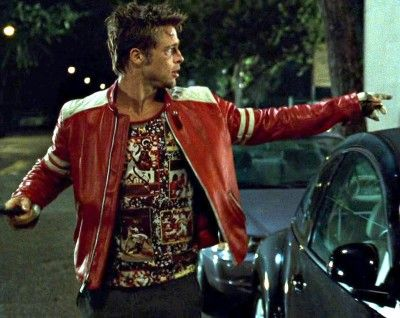
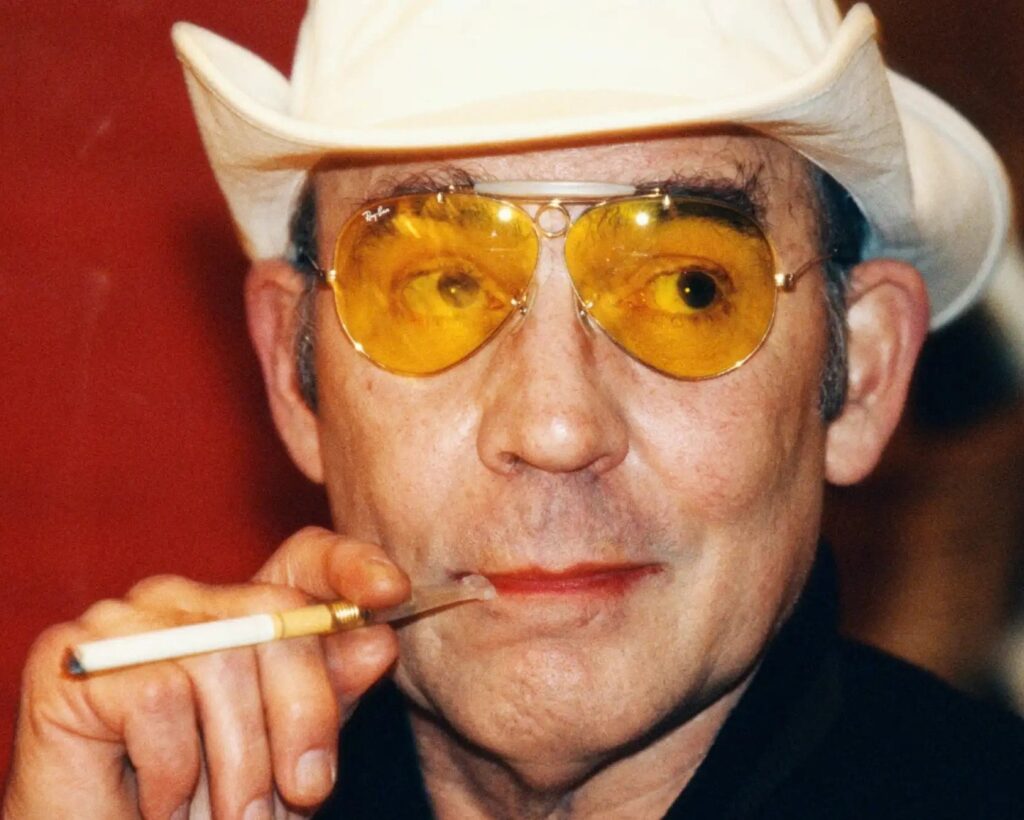
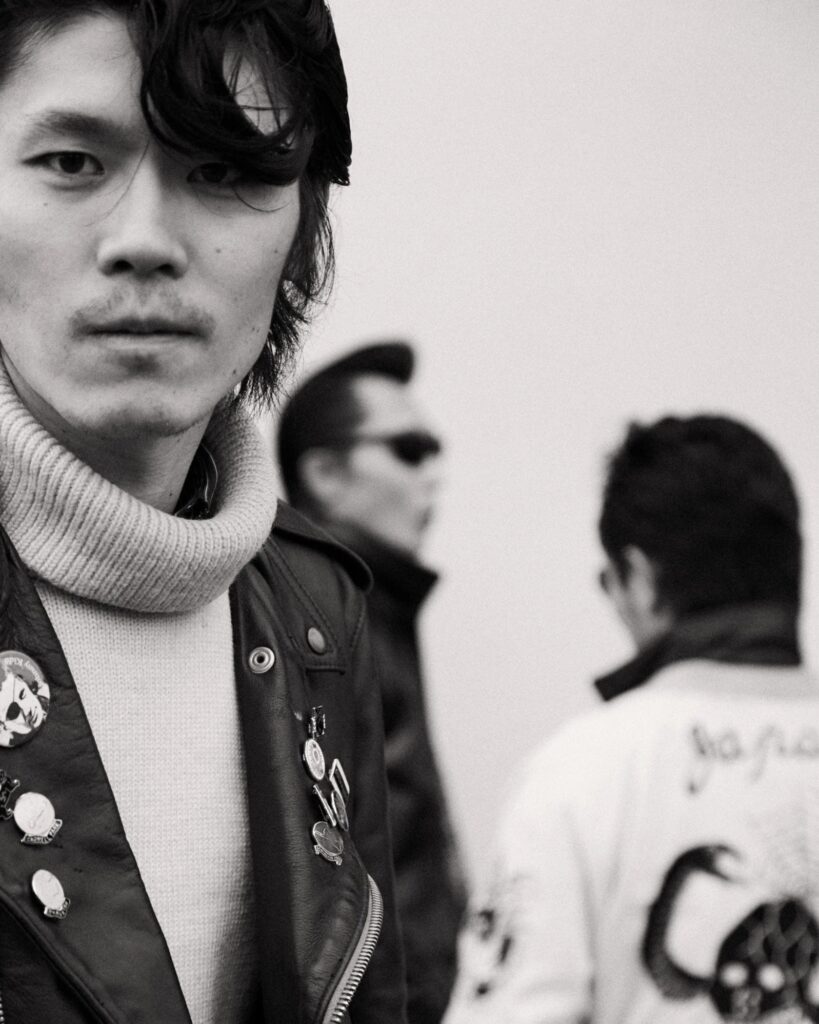
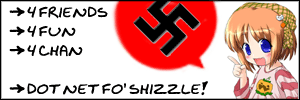
At the same time, Travis is also a netizen and an American otaku, what is colloquially known as a “weeaboo“: the term had been popularized as a replacement for wapanese due to 4chan word filters around 2005. Both terms referred to a westerner who consumed Japanese media to an unhealthy degree, to the point of rejecting his own national identity. This is shown with Travis obsessing over figurines, pro wrestling, anime and videogames, in part as an escapist fantasy to avoid facing his depression.
QUOTE OF ENLIGHTENMENT:
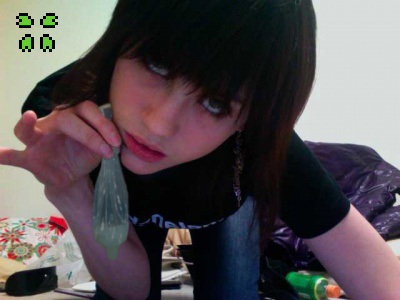
please americans, do not talk like a anime character.
this is not how normal people talk.
it is a little embarrassing too watch
because she doesnt understand she is fool.
but i would also like to fuck this girl,
at full force in her vagina, mouth, and ass.
– VIPPER
QUICK FACT: The internet is a series of tubes.
It is unknown whether or not Suda was familiar with 4chan culture, but it should be noted that 4chan culture always existed downstream from its Japanese predecessors, 2channel and Futaba channel, which we know for a fact he was familiar with, as their posting patterns and mannerisms were referenced in killer7 by the character of Susie Sumner.
As such, it is not surprising that Travis’ interests perfectly captured the zeitgeist of mid-2000s 4chan loli culture. While his favorite anime, Pure White Lover Bizzarre Jelly, designed by okama (who was introduced to Suda by Eisin Sasaki), was modeled after PreCure, 4chan culture revolved around Lucky Star. Loli imagery was often juxtaposed with offensive and provocative content, which is an interesting parallel with Travis going on murder sprees with a magical girl t-shirt. Pure White Lover Bizzarre Jelly also happens to be a mecha anime, and the combined version of the three mechs, Pure White Giant Glastonbury, is based on Space Runaway Ideon, but also ties into the mid-2000s resurgence of mecha anime spearheaded by Gurren Lagann.

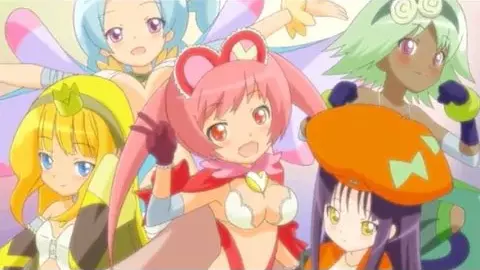
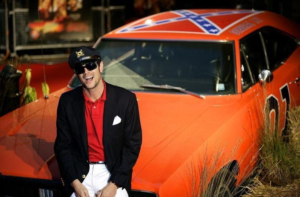
When asked about the main inspiration behind Travis, Suda cited Johnny Knoxville from Jackass, a reality show where him and his colleagues would partake in a series of dangerous stunts and pranks, which culminated in a movie in 2002. Other inspirations included Travis Bickle, the main character of Martin Scorsese’s Taxi Driver as played by Robert De Niro, and Travis Henderson, the protagonist of Win Wenders’ Paris, Texas as played by Harry Dean Stanton.
More interestingly, he also described Travis Touchdown as a stand-in for killer7’s t-shirt aficionado Travis Bell, specifically referencing Osamu Tezuka’s Star System: Tezuka was the creator of, among others, Black Jack, The Phoenix, MW, Kimba the White Lion and Dodoro; in his work, each character he designed was an “actor”, who’d play a different role in each different manga. This logic can be used to explain the various cameos in killer7, with Suda also listing Sumio, who played Tohba in Moonlight Syndrome, Kodai in The Silver Case and Mondo in Flower, Sun, and Rain, as one of his “digital actors”.
This concept was also adopted, in the videogame industry, by Kenji Eno and Swery, who had several “digital actors” appear across their work regardless of continuity. Hideous Kojima himself once toyed with this concept, having the character of Meryl Silverburgh from his point and click adventure game Policenauts make an appearance in his later Metal Gear Solid.
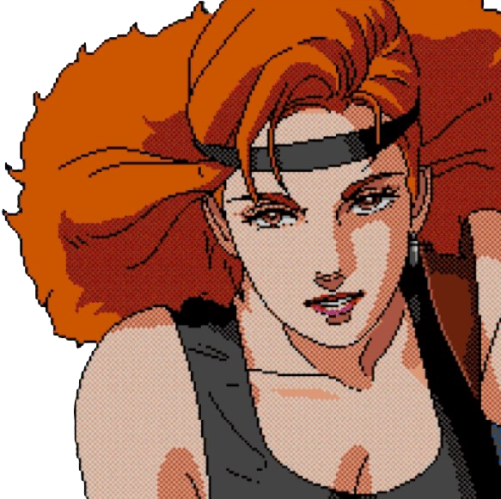
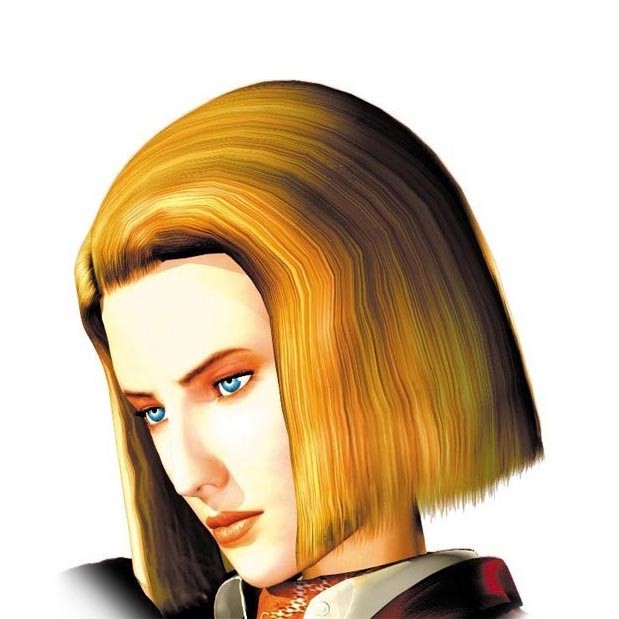
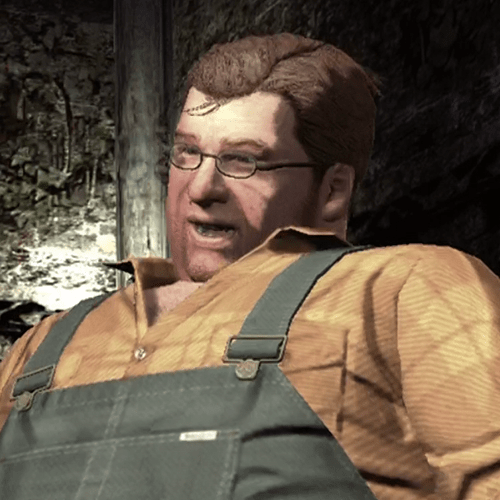

Marvelous tried to market the game in Japan by spotlighting the sex appeal of the various female characters, going as far as to have several gravure models cosplay as Sylvia. They even sponsored a launch event in which Suda and Wada, accompanied by a cosplayer, would distribute No More Heroes branded toilet paper.
Unfortunately, the marketing push was not enough: initial sales were disappointing, leading to Suda complaining that only Nintendo games sell on Nintendo platforms, likely still peeved by killer7’s low sales on Gamecube.
International sales, however, were the highest of any Grasshopper Manufacture game yet, with the CEO of Marvelous citing the game as a success. The simpler plot structure, more immediate gameplay and crass humor of No More Heroes began the flirtation of GhM and Suda with the mainstream who’d shape the company’s history for the following decade.
Two extensions of No More Heroes’ story were released soon after: January 2008 saw the release of the UAA Ranker’s Bible, which mostly acted as a guidebook for the game but also happened to include several lore details (including a cameo by Volf Van, Fire Pro’s stand-in for Volk Han) and a short story going over one of Travis’ first assassinations.
The second expansion came in the form of a music CD titled “The Outer Rim”, by the band “The Outer Rim.” In it, Robin Atkin Downes and Paula Tiso reprise their roles as Travis and Sylvia respectively to depict a future in which they are married, immortal and live on the moon.
The Outer Rim (the band, not the CD) starred bassist Jeff Currey as its frontman and songwriter, Norihiko Hibino (known for his work on Metal Gear Solid and Like a Dragon) as saxophonist, Hakuei Kim as pianist and Nobuaki Fujii as drummer. The Outer Rim was the only CD ever released by The Outer Rim, and how this collaboration began or ended is unknown. Masafumi Takada received a producer credit on The Outer Rim (the CD, not the band), likely because it included a remix of the No More Heroes theme.
It is unknown if 51 was involved in writing the dialogue present on the disc, but it is interesting that, likely by accident, the setting ended up predicting the sci-fi twist the series would take almost a decade and a half later.
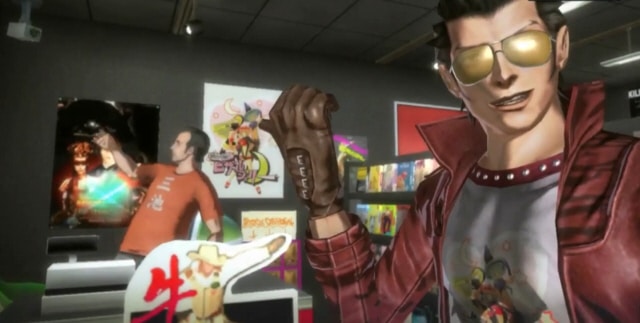
In November 2009, Marvelous announced their intentions to port No More Heroes to PlayStation 3 and Xbox360, and hired feelplus to handle the port, without any involvement from GhM. Somehow, the supposedly more powerful, HD-ready consoles could not handle the sheer insanity of Travis’ escapades, meaning the game’s framerate had to be cut in half, going from a silky smooth 60fps to a silky smooth 30fps.
Feelplus also took the brave stance of smearing the entire game in Vaseline, completely changing the game’s art direction, and of cutting out a substantial segment of the map.
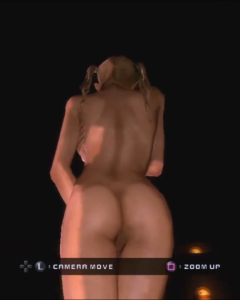
Unlike the original release, this port could be played with a regular PlayStation or Xbox controller.
It also featured some additional content, with the inclusion of some of No More Heroes 2’s bosses fought in a dream arena, a handful of new civilian jobs, a new Very Sweet difficulty in which all the ladies sported lewd outfits and some DLCs, namely decals for the Schpeltiger, a couple of new Beam Katanas and a character model viewer that allowed players to ogle at Sylvia’s vagina. The game also included Japanese voice acting, again produced without any involvement from GhM.
In its original Japanese release of April 2010, the PlayStation 3 version of the game had censored violence much like the European and Japanese releases of No More Heroes, while the Xbox360 version would be fully uncensored.
Konami later published the PlayStation 3 version in America and Europe, this time with fully uncensored gore and a new control scheme for the PlayStation Move, Sony’s alternative to Nintendo’s wiimote. This version of the game would later be re-released in Japan as well, with the subtitle “Red Zone”.
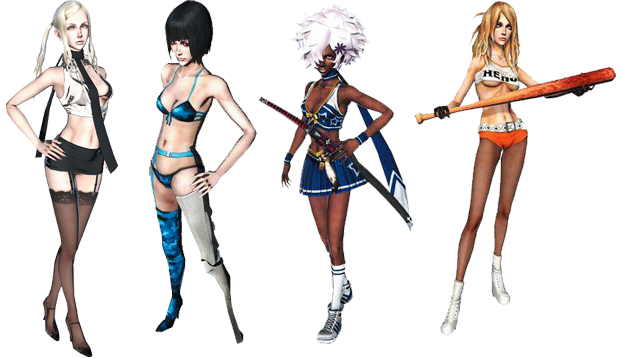
The feelplus ports are pretty much a forgotten novelty nowadays, with Suda even distancing himself from them.
In the late 2010s, Grasshopper was loaned the No More Heroes IP by Marvelous in order to produce two new games. During that time, the original No More Heroes was also ported on Nintendo Switch and Personal Computers. This port was developed by Engine Software, which also handled the killer7 PC port, and published by XSEED.
Predictably, the ports were based on the Wii version of the game, completely sidestepping Heroes’ Paradise and Red Zone. Unfortunately though, they come with their own host of issues: the Nintendo Switch version runs at the wrong aspect ratio and has a few visual glitches, though it at least allows for motion controls, while the PC version was, for the longest time, littered with crashes and, due to the lack of motion controls, certain parts of the game could not be completed as intended.
XSEED promised a fix for these issues in October 2022, but it was only delivered eighteen months later, in May of 2024, and while the patch indeed fixed performance issues, no work has been done in solving the visual bugs or accounting for the lack of motion controls.









